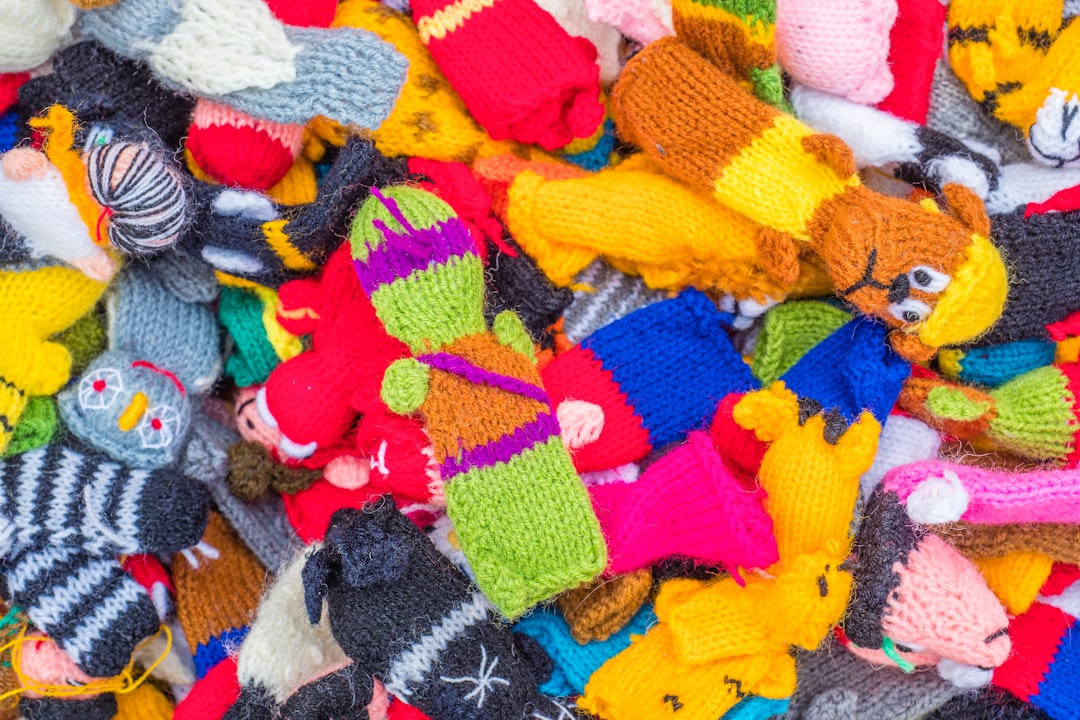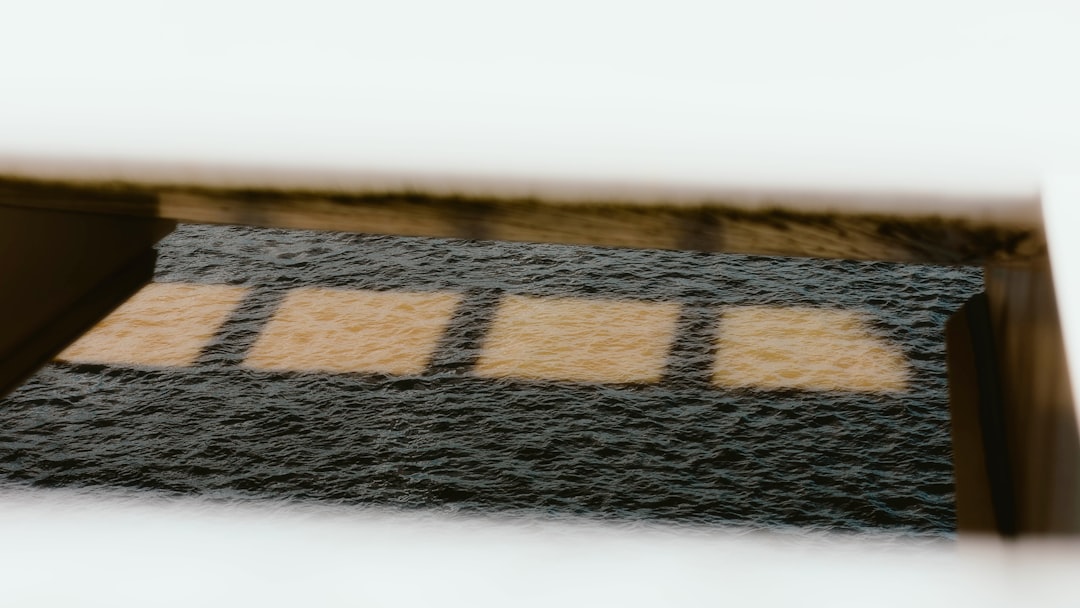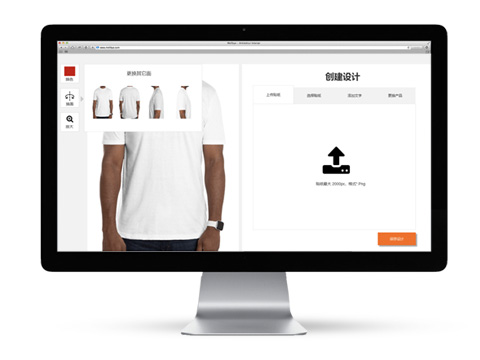The Ultimate Guide to Custom Merino Wool Socks: From Design to Bulk Manufacturing for Your Brand
The Ultimate Guide to Custom Merino Wool Socks: From Design to Bulk Manufacturing for Your Brand
Merino wool socks are no longer just for hardcore hikers. They have become a staple for comfort, performance, and style, creating a massive opportunity for brands to launch their own custom lines. From corporate gifting to building a direct-to-consumer apparel brand, custom merino wool socks offer a unique and high-value product. But how do you go from a great idea to a shipment of high-quality, ready-to-sell socks?
This guide breaks down the entire bulk and wholesale manufacturing process, providing you with the actionable steps and expert insights needed to succeed.

H2: Why Choose Merino Wool? The Unbeatable Benefits
Before diving into manufacturing, it’s crucial to understand why merino wool is a superior choice. Its natural properties make it a premium material that customers love:
- Unmatched Comfort: Merino fibers are incredibly fine and flexible, making them soft and itch-free against the skin.
- Temperature Regulation: The wool's natural crimp creates tiny air pockets that insulate, keeping feet warm in the cold and cool in the heat.
- Moisture Wicking & Odor Resistance: Merino wool can absorb up to 30% of its weight in moisture before feeling damp, pulling sweat away from the skin. Its antimicrobial properties naturally resist odor-causing bacteria.
- Durability: Despite its fine texture, merino wool is a resilient fiber, especially when blended with materials like nylon or elastane for added strength and stretch.
H2: Step 1: Defining Your Custom Sock – Design & Specifications
The first step in the manufacturing process is crystallizing your vision. A clear and detailed plan is essential before you even approach a manufacturer.
- Target Audience: Are you designing for athletes, office workers, or fashion-forward consumers? This will influence every decision, from cuff height to cushioning levels.
- Design & Artwork: Create your design. This includes colors (using Pantone codes is the industry standard), logo placement, and any patterns. Most manufacturers will require this in a vector format (like an .AI or .EPS file).
- Technical Specifications (Tech Pack): Your "tech pack" is the blueprint for your sock. It should detail:
- Cuff Height: (e.g., No-show, Ankle, Crew, Mid-calf)
- Cushioning: (e.g., No cushion, Light cushion, Full cushion)
- Sizing: (e.g., S/M, L/XL with corresponding measurements)
- Material Blend: (e.g., 80% Merino Wool, 15% Nylon, 5% Spandex)
H2: Step 2: Finding the Right Manufacturing Partner
With your tech pack ready, it's time to find a supplier. This is one of the most critical steps. Look for manufacturers with specific experience in performance socks and merino wool. Good places to search include:
- B2B Marketplaces: Websites like Alibaba and Global Sources are vast resources for finding overseas manufacturers.
- Industry Trade Shows: Attending apparel or outdoor retailer trade shows can connect you with pre-vetted suppliers face-to-face.
- Referrals: Ask for recommendations within your professional network or in online communities for apparel entrepreneurs.
When evaluating a supplier, ask about their experience, client portfolio, and quality control processes.
H2: Step 3: Understanding Minimum Order Quantity (MOQ)
One of the first terms you'll encounter is MOQ, or Minimum Order Quantity. This is the minimum number of units a manufacturer requires to do a production run. It’s necessary for them to cover setup costs and be profitable.
For custom socks, MOQs are often set per design and per size. A typical MOQ might be 500-1000 pairs, which could be split across two sizes (e.g., 500 for S/M and 500 for L/XL). Be prepared for this upfront investment. While some manufacturers may offer lower MOQs, the per-unit cost is often significantly higher.
H2: Step 4: The Quoting and Negotiation Process
Submit your tech pack to several potential suppliers to get quotes. The price per unit will depend on several factors:
- Material Composition: Higher percentages of merino wool will increase the cost.
- Complexity of Design: More colors and intricate patterns can raise the price.
- Order Quantity: The higher the quantity, the lower the per-unit cost due to economies of scale.
- Packaging: Custom-branded packaging will add to the final cost.
Don't be afraid to negotiate, but focus on value, not just the lowest price. A slightly more expensive supplier with better quality and communication is often a better long-term partner.
H2: Step 5: Prototyping and Sampling – Perfecting Your Product
Never go straight to bulk production. Always start with a sample. The manufacturer will produce a physical prototype of your sock based on your tech pack. This is your chance to:
- Check the Quality: Feel the material, check the stitching, and test the fit.
- Verify the Design: Ensure colors are accurate and logos are placed correctly.
- Test Performance: Wear it, wash it, and see how it holds up.
Provide clear, consolidated feedback for any revisions. You may go through 2-3 rounds of samples to get it perfect. Approve the final sample before authorizing mass production.

H2: Step 6: The Bulk Production Phase
Once you approve the final sample and submit your purchase order, the manufacturer begins bulk production. This process typically takes 30-60 days, depending on the factory's schedule and the size of your order. The manufacturer will order the raw materials (yarn), set up the specialized knitting machines, and begin producing your socks in large quantities. This approach ensures consistency and lowers the per-unit cost significantly.
H2: Step 7: Quality Control (QC) is Non-Negotiable
Consistent quality is what will build your brand's reputation. Do not rely solely on the factory's internal QC. You have a few options:
- Hire a Third-Party Inspection Service: For a few hundred dollars, a professional inspector can visit the factory to check a percentage of your order for defects, proper measurements, and correct packaging before it ships.
- Request Production Samples: Ask the factory to send you a few units pulled directly from the production line midway through the process.
Establishing clear quality standards from the beginning is key to avoiding issues.
H2: Step 8: Packaging and Branding
How your socks are presented is part of the customer experience. Options range from a simple band-style label to a fully custom-printed box or bag. Discuss packaging options with your manufacturer, as they can often source and assemble this for you. This is an essential part of branding that adds perceived value to your product.
H2: Step 9: Logistics – Shipping and Customs
Your socks are made, inspected, and packaged. Now you need to get them home. For overseas manufacturing, you'll generally choose between:
- Air Freight: Faster (5-10 days) but significantly more expensive.
- Sea Freight: Slower (30-40 days) but much more cost-effective for large orders.
You will also need a customs broker to handle the import process and ensure you pay the correct duties and taxes. Many freight forwarders offer an all-in-one service that includes customs clearance.
H2: Comparing Key Customization Options
Use this table to help you decide on the final specifications for your sock:
| Feature | Standard Option (Lower Cost) | Premium Option (Higher Cost) |
|---|---|---|
| Material Blend | 60% Merino / 35% Nylon / 5% Spandex | 85% Ultrafine Merino / 10% Nylon / 5% Spandex |
| Cushioning | Targeted cushion (heel/toe) | Full terry loop cushioning |
| Design | 3-4 colors, simple jacquard knit pattern | 5-7 colors, complex patterns, embroidery |
| Arch Support | Standard knit | Ribbed compression arch support |
| Packaging | Simple paper band with logo | Custom printed box or polybag |
By following this comprehensive guide, you can navigate the complexities of wholesale manufacturing and successfully launch your own line of high-quality custom merino wool socks. The key is in the details: a thorough tech pack, a reliable partner, and a commitment to quality at every step.
















